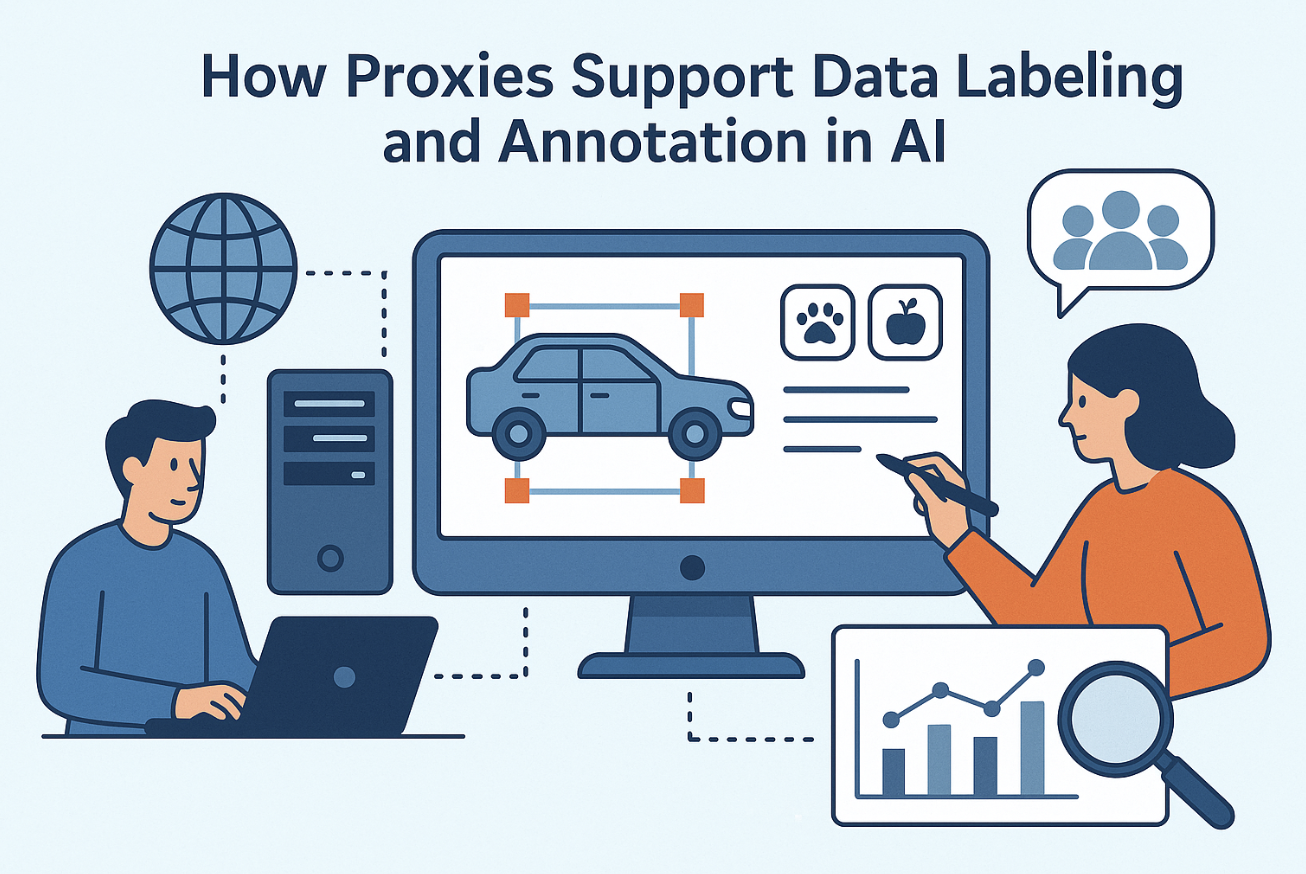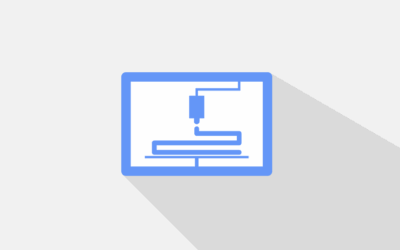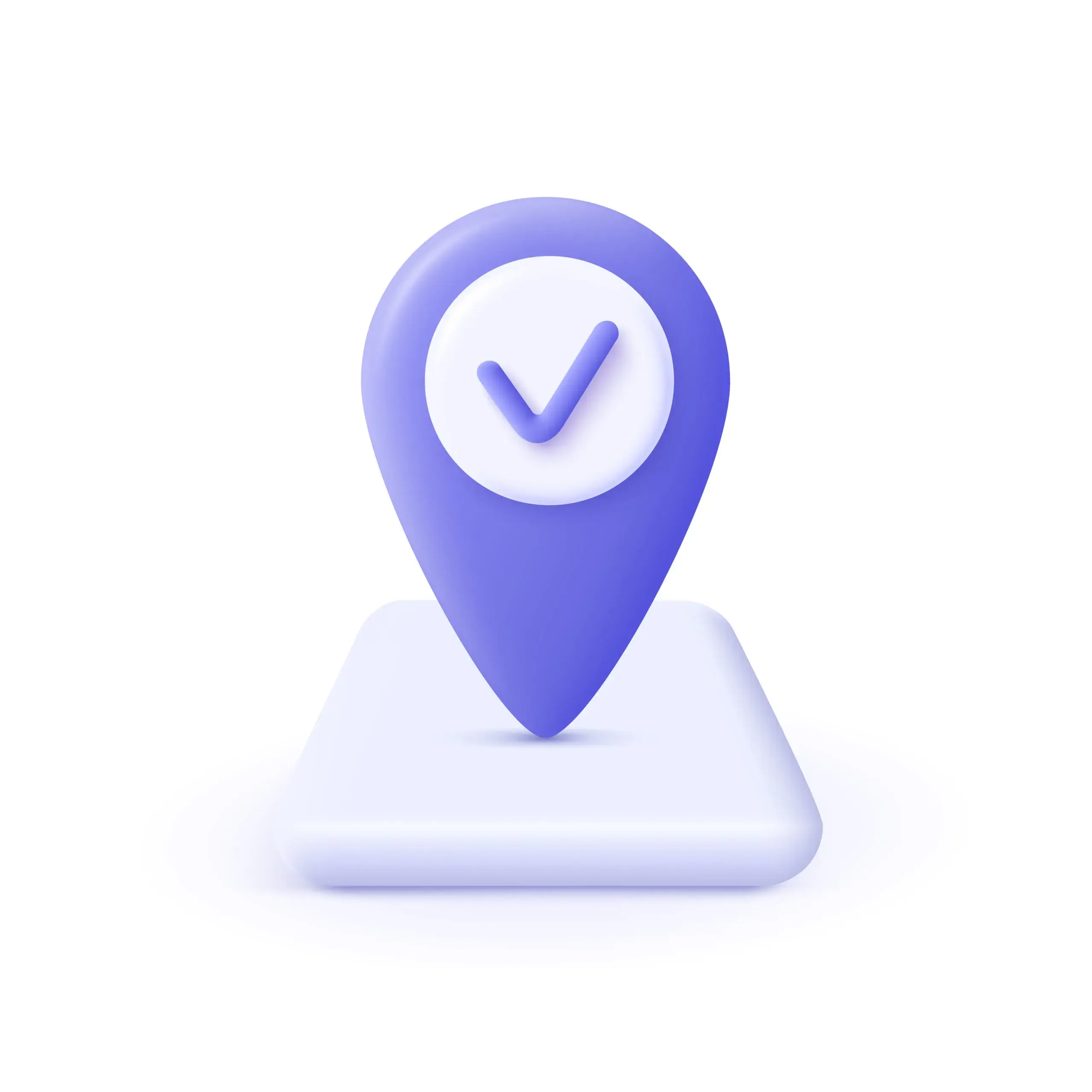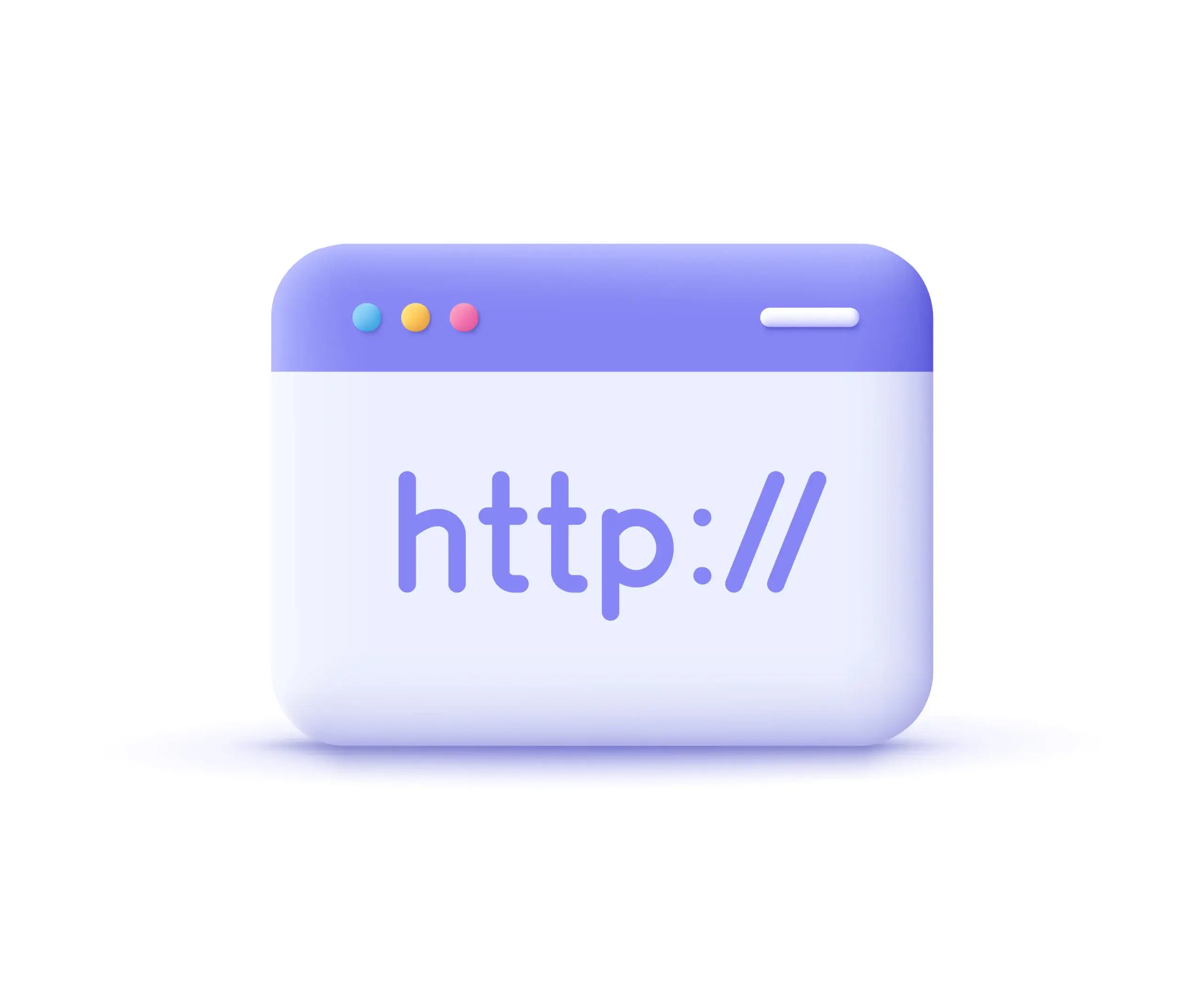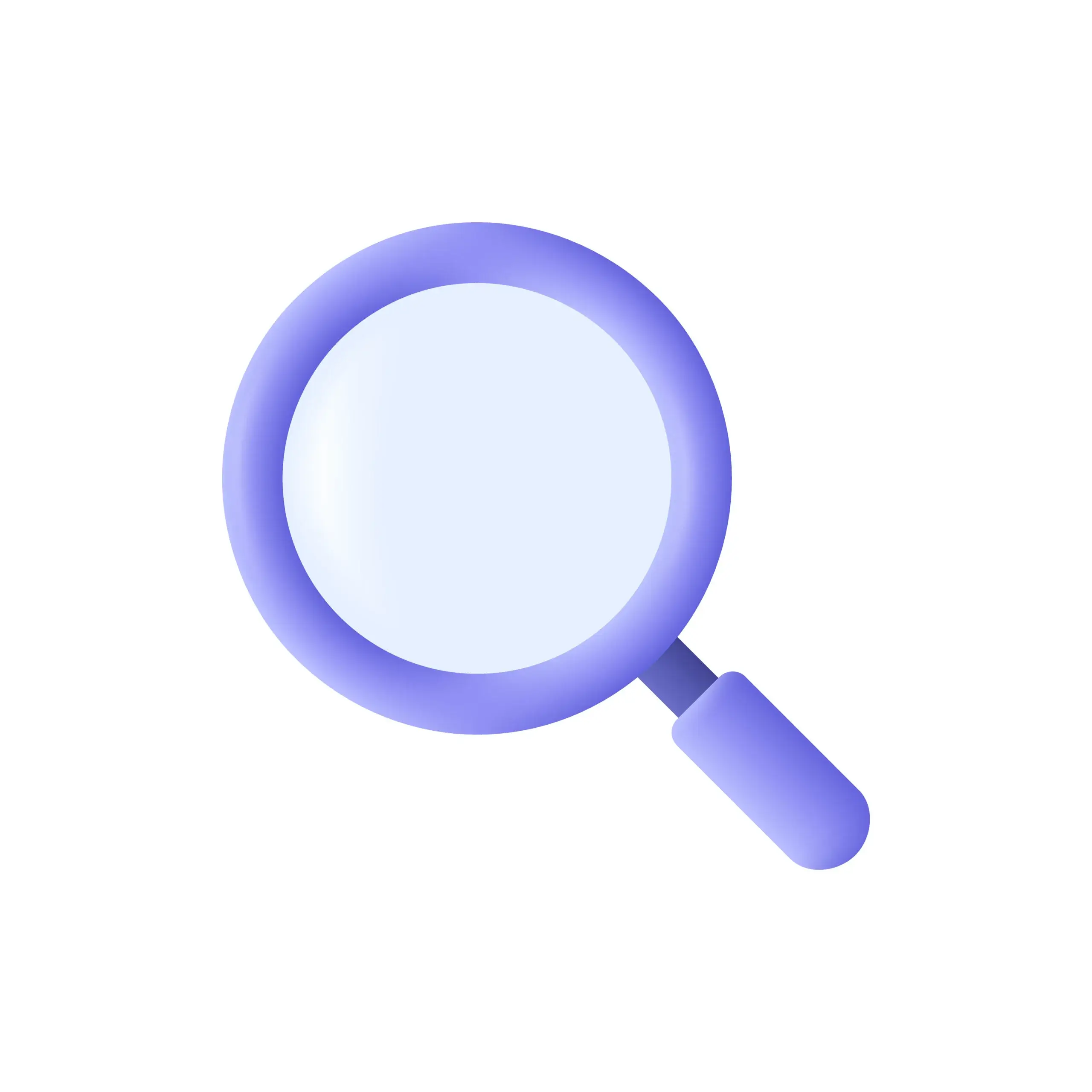Data labeling is what trains AI to understand, organize, and improve. If those labels, or annotations, aren’t accurate or broad enough, the whole AI model could end up useless. Currently, the primary challenge for AI projects is obtaining reliable, up-to-date, and diverse data without encountering obstacles, legal complications, or privacy concerns. The hidden hero here? Proxies. They’re not just for browsing privately; they power next-level data gathering and labeling for AI.
Why Data Labeling Matters for Modern AI
AI learns by example. The quality, diversity, and freshness of labeled data dictate how smart your chatbot, self-driving car, or product recommender can be. Firms spend billions making sure datasets are tagged by humans or machines, using everything from text, image, or voice cues.
- Global AI training data market topped $3.5B in 2024, with growth expected beyond $6.7B by 2028.
- 80% of project time is spent on data sourcing, cleaning, and labeling.
- Labeled data drives results, AI boosts productivity 25% in firms with well-labeled content.
The Role of Proxies in Data Labeling & Annotation
Proxies act as digital middlemen. They mask real locations, help manage large-scale data scraping, and make it possible to access geo-blocked or rate-limited sites safely and anonymously.
Proxies Solve the Big Data Annotation Bottleneck
AI firms need millions of fresh data samples for labeling, but many sites block mass crawling. Proxies step in to:
- Bypass restrictions, Access content hidden behind country, city, or operator blocks.
- Increase scale, gather hundreds of thousands of samples per day, using rotating residential IPs.
- Maintain compliance. Ethically sourced proxies keep data flows legal.
- Reduce flagging. An organic traffic profile lowers bot detection.
Use Cases: How Proxies Make Data Labeling Fast and Effective
1. Image Annotation for Computer Vision
Teams deploy proxies to pull labeled images from global websites. This includes traffic signs, apparel, or products from e-commerce sites. With rotating proxies, it’s possible to scrape tens of thousands of images without facing blocks or CAPTCHA.
- Example: Collecting cancer X-ray images for medical AI, IP rotation keeps hospital databases accessible for verified annotation tasks.
2. Sentiment Analysis and NLP Data Labeling
For natural language processing, training data must be culturally and linguistically diverse. Proxies let AI teams:
- Gather social media posts from real users worldwide
- Monitor news, reviews, reactions, and tag data by sentiment
- Avoid location locks, so text samples come from genuine sources
3. Real-Time Dataset Refresh
AI hates stale data. Market prices, social phenomena, or trending visuals change by the hour. Proxies let annotation teams keep their datasets fresh, pulling the latest examples, even from restricted sites.
4. Automated and Human-in-the-Loop Data Workflows
- Proxy-powered scraping brings in raw samples,
- Annotation teams (human or AI-assisted) label them,
- Proxies maintain session continuity for both automated and manual processes.
Recent Industry Stats and Data
- Global proxy traffic: Over 60 billion requests daily through proxy networks.
- 74% of large data annotation projects now use proxies to support worldwide data collection.
- Up to 80% cost reduction for AI labeling teams leveraging rotating proxies, compared to manual, location-limited crawling.
How ProxyEmpire Stands Out
ProxyEmpire is a premium proxy service provider designed to empower web scraping, data collection, and unrestricted internet access through a vast network of ethically sourced residential, mobile, and datacenter proxies. Below is a detailed description based on the provided information:
Overview of ProxyEmpire
ProxyEmpire offers a comprehensive suite of proxy solutions tailored for individuals, businesses, and developers seeking reliable, high-performance tools for data gathering, privacy protection, and bypassing geo-restrictions. With over 9.5 million clean IP addresses spanning 170+ countries, ProxyEmpire provides unparalleled global coverage, ensuring users can access content at scale with a 99.9% uptime and lightning-fast response times (as low as 0.6 seconds).
Proxy Types and Features:
🏘️ Rotating Residential Proxies
Key Benefits
- Global Reach: Access to over 9.5 million IPs worldwide, covering every major region, with precise targeting options (country, city, state, ASN/ISP).
- High Reliability: A 99.86% uptime ensures uninterrupted service, supported by patented technology for enhanced speed and security.
- Ethical Sourcing: Proxies are responsibly harvested, ensuring quality and compliance.
- Versatile Use Cases: Supports web scraping, price monitoring, sneaker copping, SEO tracking, ad verification, and more.
- Integration-Friendly: Compatible with standard proxy protocols (HTTP, SOCKS5) and third-party tools like Multilogin, Dolphin Anty, Kameleo, Octobrowser, and Gologin.
- No Hidden Fees: Transparent pricing with all features included, starting at a $1.97 trial.
Use case:
Why Choose ProxyEmpire?
- Massive Proxy Pool: Over 9.5 million IPs, outpacing competitors with broader coverage and quality.
- Superior Performance: High success rates (up to 99.95% for scraping) and industry-leading speeds.
- User-Friendly: Intuitive dashboard, developer-friendly documentation, and 24/7 support with dedicated account managers for corporate clients.
- Cost-Effective: Flexible pricing with no limits on concurrent sessions and a rollover data feature unique to ProxyEmpire.
FAQ:
What are proxies in the context of AI data handling?
Proxies, or proxy servers, act as intermediaries between a user’s device and the internet. In AI, they are used to route requests for data collection, masking the original IP address to enable anonymous, efficient, and unrestricted access to online resources. This is crucial for gathering diverse datasets that feed into labeling and annotation stages.
What is data labeling and annotation in AI?
Data labeling involves tagging raw data (e.g., images, text, videos) with relevant information, such as identifying objects in photos or categorizing sentiments in text. Annotation is a broader term that includes labeling plus adding metadata or context. These processes create supervised datasets for training AI models to recognize patterns.
How do proxies relate to data labeling and annotation?
Proxies primarily support the upstream process of data collection via web scraping or crawling. By enabling access to vast, geo-diverse data sources without restrictions, they ensure a rich pool of raw data is available for subsequent labeling and annotation, ultimately improving AI model accuracy and generalization.
What types of data are typically collected using proxies for AI labeling?
Common data types include web pages, social media posts, images, videos, product reviews, news articles, and user-generated content. Proxies help scrape these from various sources to build datasets for tasks like image recognition, natural language processing (NLP), or sentiment analysis.
How do proxies prevent IP bans during data collection?
Websites often block repetitive requests from the same IP to prevent scraping. Proxies rotate IP addresses, distributing requests across multiple servers, which mimics natural user behavior and avoids detection, allowing continuous data gathering for labeling pipelines.
In what ways do proxies provide access to geo-restricted content?
Proxies route traffic through servers in specific locations, bypassing regional blocks. This allows collection of location-specific data (e.g., local news or e-commerce prices), ensuring datasets for labeling are diverse and representative of global users.
How do proxies enhance data collection efficiency for AI?
They optimize network paths for faster data transmission, reduce latency, and enable parallel scraping sessions. This speeds up the accumulation of large datasets, which can then be quickly moved to labeling tools or platforms.
What role do residential proxies play in AI data labeling?
Residential proxies use real user IPs from ISPs, making them harder to detect than datacenter proxies. They’re ideal for ethical scraping of high-value sites, providing authentic data for accurate labeling in sensitive AI applications like fraud detection.
How do rotating proxies support scalable data annotation?
Rotating proxies automatically switch IPs after each request or session, enabling high-volume data collection without interruptions. This scalability ensures AI teams have enough raw data to annotate for large-scale models, like those in computer vision.
What are the security benefits of proxies for data labeling?
Proxies add a layer of anonymity, protecting against cyber threats and data leaks during collection. Secure data gathering leads to higher-quality, unbiased datasets for annotation, reducing risks in AI training.
How do proxies contribute to ethical data collection for AI?
By using compliant proxy networks, teams can respect website terms, avoid overloading servers, and ensure fair use. This promotes ethical sourcing of data for labeling, aligning with regulations like GDPR and preventing legal issues.
Can proxies improve data diversity in annotation datasets?
Yes, by accessing global sources, proxies help collect multicultural, multilingual, and varied data types. Diverse datasets lead to better-annotated training data, reducing biases in AI models.
What cost savings do proxies offer in AI data labeling projects?
They minimize downtime from blocks, reduce the need for manual interventions, and enable efficient large-scale collection, lowering overall costs for data preparation before annotation.
How do proxies integrate with AI tools for automated labeling?
Proxies can feed data into AI-assisted labeling platforms (e.g., for semi-supervised learning), where collected data is pre-processed and annotated with minimal human input.
What challenges arise when using proxies for data collection?
Issues include proxy detection by advanced anti-scraping tech, high costs for premium networks, and potential ethical dilemmas. Standard datacenter proxies often fail on sophisticated sites, with success rates below 60%.
How can AI teams overcome proxy detection in data gathering?
Use advanced residential or mobile proxies with AI-driven rotation and user-agent spoofing to mimic human behavior, ensuring reliable data flow for labeling.
Are there legal considerations when using proxies for AI data annotation?
Yes, ensure compliance with data protection laws and website policies. Proxies should not facilitate unauthorized access or copyright infringement during collection.
What happens if proxies are not used in data collection for AI?
Without proxies, scraping efforts may face frequent bans, limited access, and incomplete datasets, leading to poor-quality labeling and biased AI models.
What is an AI proxy server, and how does it aid annotation?
An AI proxy server is a smart intermediary that uses machine learning to route traffic intelligently, optimizing data collection for real-time AI applications and ensuring high-quality inputs for annotation.
How do proxies support NLP data collection for labeling?
For NLP, proxies enable scraping of text from forums, reviews, and news across regions, providing rich corpora for annotation tasks like entity recognition or translation.
What is the role of proxy models in active learning for annotation?
In a different sense, “proxy models” refer to surrogate ML models used in active learning to select data for human annotation efficiently, reducing labeling costs. This complements proxy servers by optimizing the annotation phase.
How do proxies facilitate real-time data collection for dynamic AI labeling?
They enable continuous monitoring and scraping of live data (e.g., stock prices or social trends), which can be annotated in real-time for adaptive AI systems.
Can proxies be used with open-source labeling tools?
Yes, integrate proxies with tools like Label Studio for seamless data import from scraped sources, enhancing annotation workflows.
What future trends involve proxies in AI data labeling?
Emerging trends include AI-optimized proxy networks for ethical scraping, integration with blockchain for data provenance, and automated annotation pipelines that start from proxy-collected data.
How to choose the best proxy provider for AI data projects?
Look for providers offering residential IPs, high uptime, geo-targeting, and compliance features. Test success rates on target sites before committing.
What metrics should be tracked when using proxies for data collection?
Monitor success rates, latency, IP rotation frequency, data volume collected, and block incidents to ensure optimal support for labeling efficiency.
How do proxies help in collecting data for multimodal AI annotation?
They allow scraping of combined media (e.g., videos with subtitles), providing comprehensive datasets for annotating multiple modalities in AI models.
Are there environmental impacts of using proxies in AI data processes?
High-energy proxy networks can contribute to carbon footprints, so opt for efficient providers. Balanced use supports sustainable AI development.
How do proxies support crowdsourced data labeling?
By collecting data from diverse sources, proxies enable distribution to global crowdsourcing platforms for distributed annotation, scaling human-in-the-loop processes.
